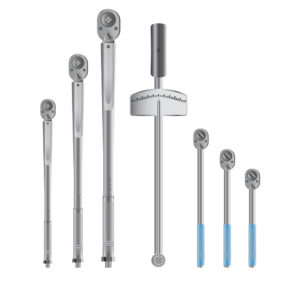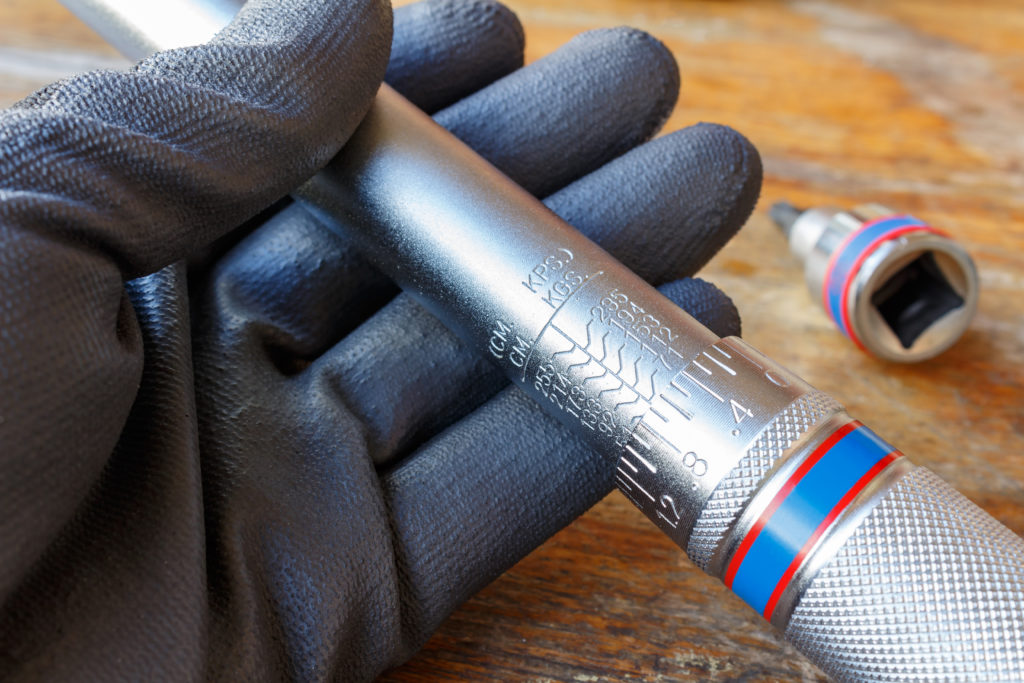Inspecting Electrical Connections for Proper Torque
Why inspect electrical connections for proper torque? Many do not realize that improper torque can lead to electrical fires. While it is not the most likely cause of electrical fires and won’t necessarily cause a fire every time, it is a significant enough threat that it is worth the time to verify those connections and make sure you don’t have a problem.
Proper Torque for Loose Connections
The problem occurs when you have loose connections in your unit. Loose connections inevitably generate excessive heat, resulting in damage to equipment and potentially fires. In addition, when conductors are not making solid contact due to lack of adequate torque, you can have arcing and sparks, which can also lead to fire. Properly torque these connections is a good way to avoid such an issue. There is no reason not to opt for proper torque, as there are tools available designed specifically for this purpose.
Another benefit of proper torque of electrical connections is that it is more energy-efficient. Loose connections allow energy loss, so inspecting electrical connections for proper torque can result in energy savings.
How to Inspect Electrical Connections for Proper Torque
It’s important to remember that for properly torqued connections, you don’t want them to be too loose or too tight. A loose connection is obvious, but a tight one that is now stripped is less so. In some cases, you cannot even tell that a connection is stripped just by looking at it.
To know whether an electrical connection is properly torqued and to make sure you can torque it properly, you will need torque tools — specifically, a torque wrench and a torque screwdriver. Even if you are a skilled technician, properly estimating torque will be difficult without the proper tools. Studies show that around three-quarters of connections one does without the use of a torque wrench fall within even 20 percent of the recommended torque value for the connection.
Your torque tool kit should consist of an inch-pound torque wrench, a foot-pound torque wrench, a torque screwdriver, square drive and slotted bits. You will also want a pair of tongue and groove pliers and a hex socket set.
A torque screwdriver is a screwdriver with adjustable torque settings. They may be in increments of 1, 5 and 10 inch-pounds with a range of between 5 and 150 inch-pounds. The screwdriver will disengage automatically when you reach the proper torque. The torque value you use should be the one determined by the manufacturer. You will use the torque screwdriver for ground/neutral bus terminations and the circuit breaker.
The hex socket set is for the Allen setscrew that you will find at large circuit breakers and service-entrance mechanical lugs.
You will use the pliers to hold lugs in place while you apply the correct torque. The torque wrench has a levered action that allows you to apply higher torque values to connections.
After Proper Torque
Once you have inspected your connections and used your tools to apply the correct torque to connections that are too tight or too loose, you can confirm that your connections are properly tightened with torque seal. This is a lacquer that you can lay down after you apply the torque to the connection. When anyone sees the torque seal, they will know that someone has properly torqued the connection.
Inspect Electrical Connections
You should tighten all field connections with torque tools, from breakers to mechanical lugs to MSB bussing. When you receive equipment, the connections should be properly tightened, but you should always inspect them to make sure.
Inspecting electrical connections to make sure they are properly torqued and taking the time to correctly torque connections may seem unnecessary and time-consuming, but for both safety and efficiency purposes, it is a wise business practice. The benefits of proper torque of electrical connections may not be obvious, but they are there.
If you’re interested in learning more about electrical connections, proper torque and other issues related to industrial electronics, the experts at Global Electronic Services will be happy to share our knowledge. Call us anytime at 877-249-1701 and we’ll answer any questions you have to the best of our ability.

My question relates to the frequency of checking the torque on both copper and aluminum wire. I work in the solar industry and many of the O&M plans that accompany the RFP’s require annual checks of the torque on both AC and DC connections, often for 15yrs or more. On the AC side this can many times mean aluminum wire. I am concerned that this will lead to damage to the conductors over time. How often after the initial torquing during installation do you recommend rechecking the torque?
Thanks,
Chuck
Hello, Chuck – Thanks for your inquiry! Please submit an Ask A Tech form here: http://bit.ly/2MGz9Hb, or if it’s an emergency please call us at 855.NITE.FIX (855-648-3349). Thank you!